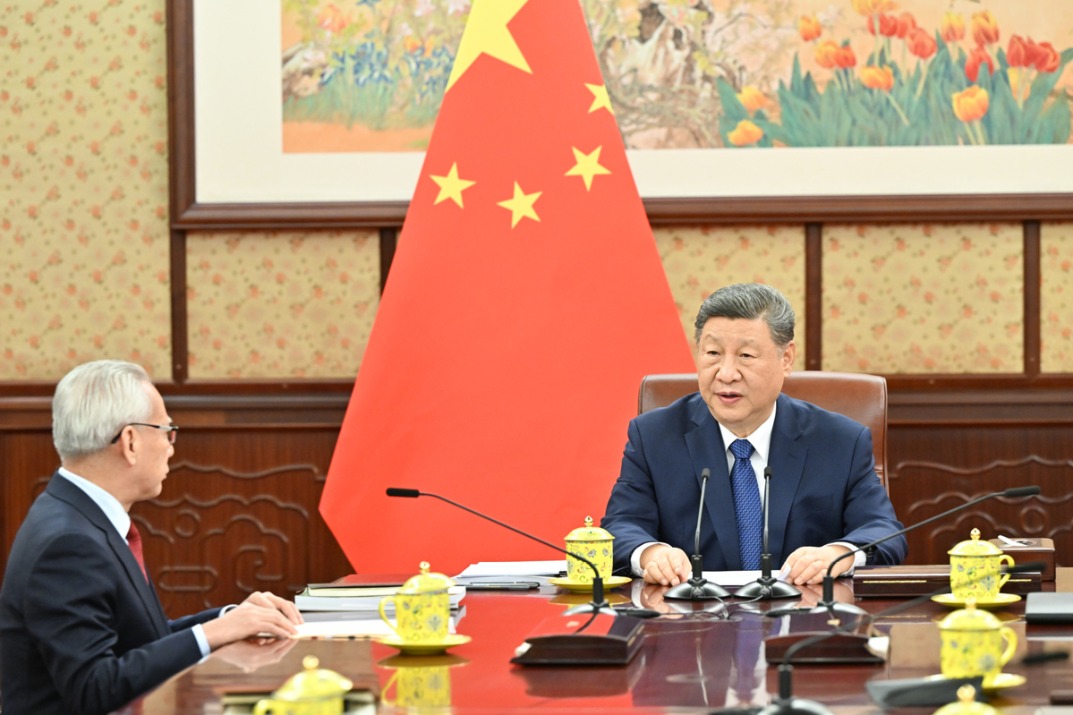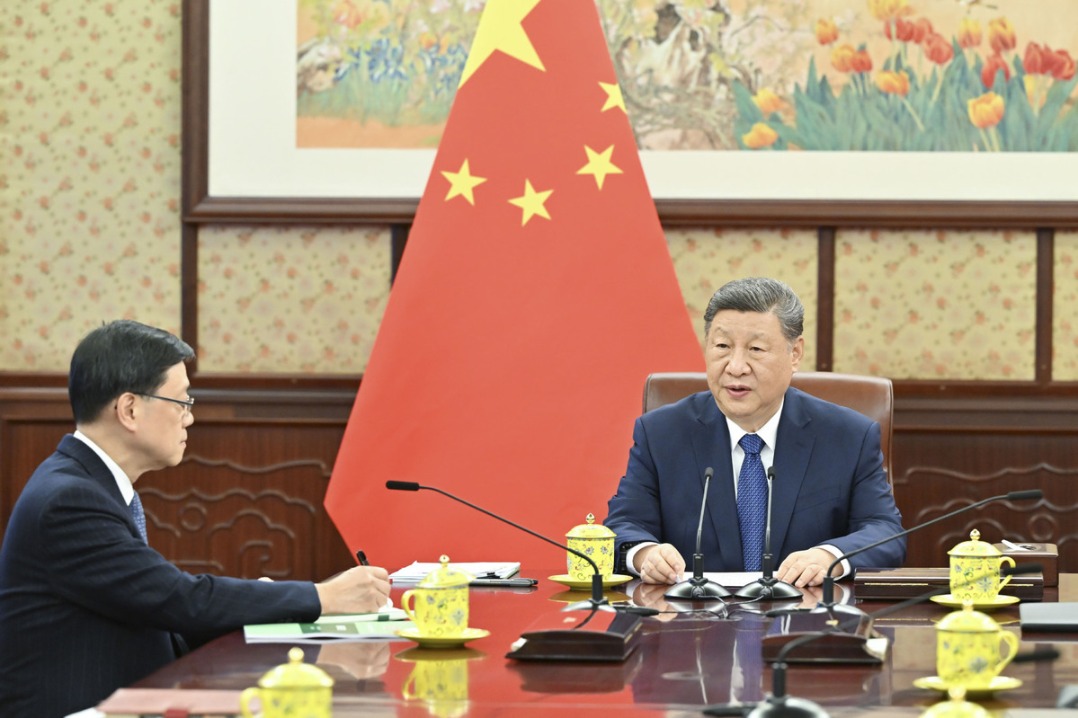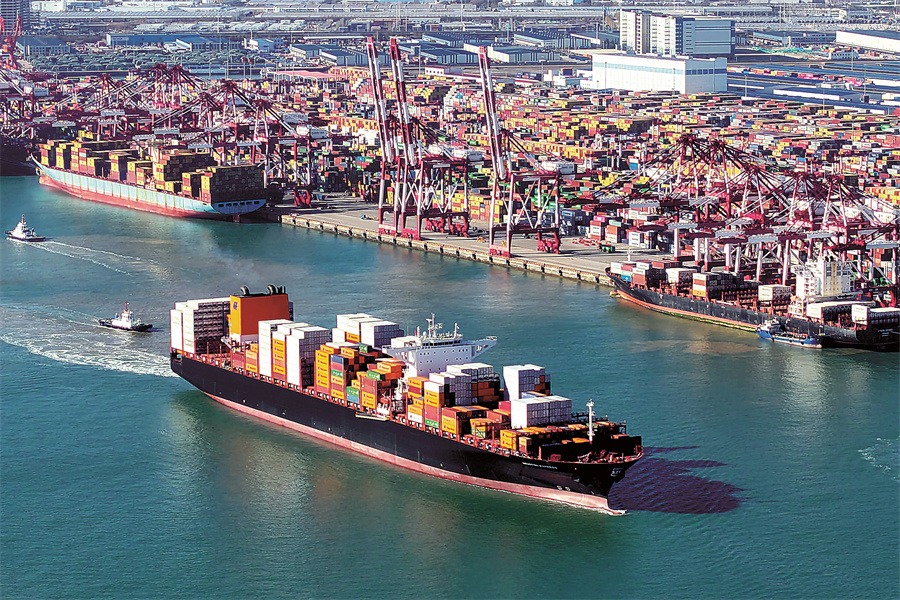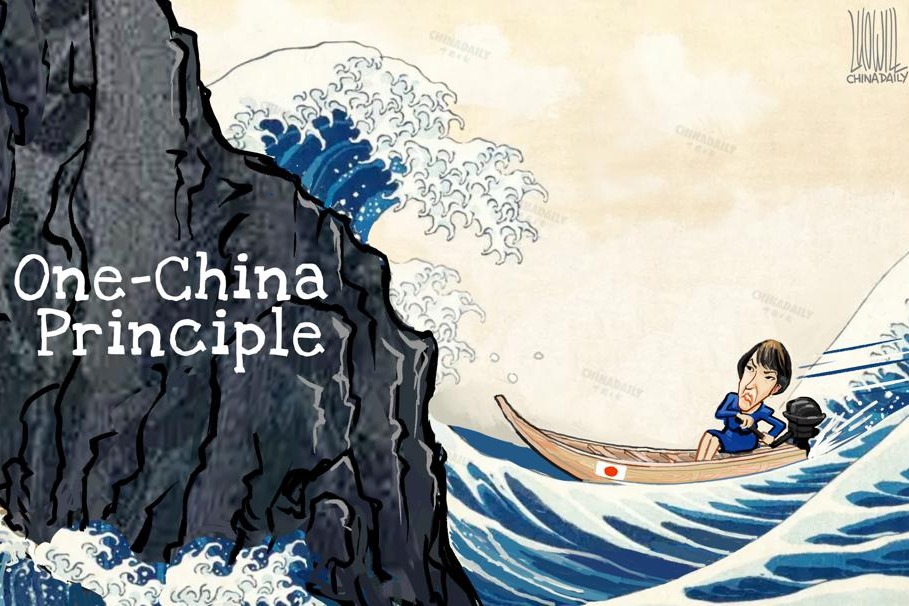A slower, but healthier dragon year


China heads into 2024 with relatively loose policy settings, but private sector sentiment constrained by property pessimism. Stimulus will reduce tail risks but we don't expect it will be sufficient to prevent the downtrend in growth to persist. We think three key themes will shape the macro outlook in 2024.
First, the economy will muddle through a tightly managed, multi-year clean-up process. The old "pre-sales" commodity housing model no more exists. Transitioning to a new model that boosts the role of State-directed public and social housing could prompt further consolidation among onshore property developers. There may be bouts of credit stress, but they're unlikely to be systemic.
Recent policy signals suggest that the real estate sector is pivoting toward a new model of increased social housing, in which the government takes a more active role in housing provision through land development, upgrading and renovation, and potentially, price subsidies. In this new "normal", the pace of housing sales will not revert to the pre-tightening (2021) trend in 2024.
At the same time, write-downs on housing inventories will weigh heavily on the balance sheets of property developers, who, faced with liquidity challenges and still-tentative demand, will likely experience increased credit stress. Episodic credit events will persist so long as the "stock" problem of the sector remains unresolved, and we think authorities' policy response will be similar to that in 2023 — at arm's length when it comes to single-name default risks, but deploying a range of monetary support and credit provisions to mitigate a collapse in the sector's "flow" activity, such as the recently-reported "white list" of developers eligible for additional funding.
However, the uncertainty around this assumption is admittedly high; there is no clear precedent for a housing downturn where property easing comes with stringent macroprudential guardrails for developers. On balance, we think the sector will continue to tread a long "staircase-shaped" recovery path — reflecting periods of idiosyncratic risk punctuated by periods of reactive stabilization efforts.
For households, the negative wealth effects of a continued housing correction will undermine consumer spending, which we think will slow to 5.2 percent in 2024 from 8.7 percent this year and continue to underperform the average pre-pandemic growth pace over the next five years. In 2024, this spending will to some extent be bolstered by a recovering labor market and wage growth.
Second, China is no longer the spender of last resort for the global economy, so don't expect robust reflation. Accelerating efforts to resolve local government debt issues will put increasing onus on centrally funded tools for countercyclical policies, while top-down pressure to deliver on growth in 2024 will likely be less acute. A more disciplined approach to capital allocation will drive only a small uptick in the overall fiscal impulse. Inflation should stage an unspectacular ascent as supply-side disinflationary pressures fade.
Local governments are no longer the engines of growth. Next year will also feature a continued cleanup in local government debt, in turn pushing the onus of countercyclical policymaking onto the central government authorities. Official central government debt was only 21 percent of GDP(end-2022), while the People's Bank of China's total assets were only around 35 percent of GDP(end-Oct), suggesting good headroom for further stimulus.
In our view, the steady focus on financial stability means the State Council's hawkish tone on local government finances during 2023 is set to stay. Cleaning up local government financing vehicle debt is a balancing act between introducing moral hazard and managing systemic risk, possibly leading to an uninspiring stream of mild corrective policies in 2024, focused initially on identifying and stabilizing the level of implicit debt in the system. Further steps that encourage debt swaps of local governments' implicit liabilities, the rollover of these debts by State banks, and the commercialization of some local government financing vehicle operations are also likely.
Our assessment of next year's growth target — and hence stimulus — is a benign one. Where the total government debt trend goes from here depends crucially on how much of a slowdown the authorities are prepared to tolerate. Our view is that the top-down pressure to deliver on growth is still elevated but has receded somewhat, and an increasingly disciplined approach to capital allocation will constrain the overall fiscal impulse in 2024 to only a very small uptick. This is a conservative take relative to the prevailing market view of a possible "close to 5 percent" growth target in 2024.
Our judgment is that it is indeed possible, though not likely, that the authorities ultimately choose to stimulate their way to a high growth target for 2024.
Third, the investment recovery will be very sector-specific. The persistence of domestic regulatory uncertainties will temper the investment recovery, excluding property, in 2024. Sectors that benefit from policy tailwinds, plus high value-added manufacturing such as consumer electronics and autos, are likely to outperform.
Within manufacturing, emerging new industries — such as the ones authorities dub "the three new": batteries, renewables, and EVs, as well as high-technology manufacturing segments — will continue to expand rapidly in 2024, driven by policy tailwinds and still-resilient external and domestic demand in these areas.
Domestically, a top-down re-emphasis of the "Common Prosperity" framework across policymaking organs means that sectors such as consumer durables (e.g., high-tech goods), green technology and social and welfare segments such as pharmaceuticals and accommodation, are likely to emerge as longer-term winners.
Investments will be skewed toward strategic industries. Against a likely backdrop of stabilizing, though uninspiring, external demand, a bottoming out in industrial profits in 2023, and policy support for high-end manufacturing, investments outside of property are likely to gain further ground in 2024, to 4.2 percent from 3.4 percent this year. Private and public investments will continue to diverge, with the latter driven by ongoing fiscal stimulus.
Our 2024 forecast is: GDP growth to decelerate to 4.4 percent (consensus, 4.6 percent); inflation at 1.2 percent (consensus, 1.7 percent); nominal total social financing growth at 9.7 percent (down from 9.9 percent). With domestic fundamentals stabilizing and narrowing rate differentials with the US, the dollar-renminbi ratio should strengthen toward the 7.0-band by end-2024.
Our forecast also assumes that geopolitical tensions, including friction with the US over technological supremacy, and export controls, remain sufficiently well-contained to prevent a sharp collapse in investment in 2024. Still, the latent risk from ongoing China-US tensions will continue to drive firms' "friend-shoring" considerations, leading to further global economic fragmentation in the longer run.
The author is lead economist at Oxford Economics. The views don't necessarily represent those of China Daily.
If you have a specific expertise, or would like to share your thought about our stories, then send us your writings at opinion@chinadaily.com.cn, and comment@chinadaily.com.cn.


































